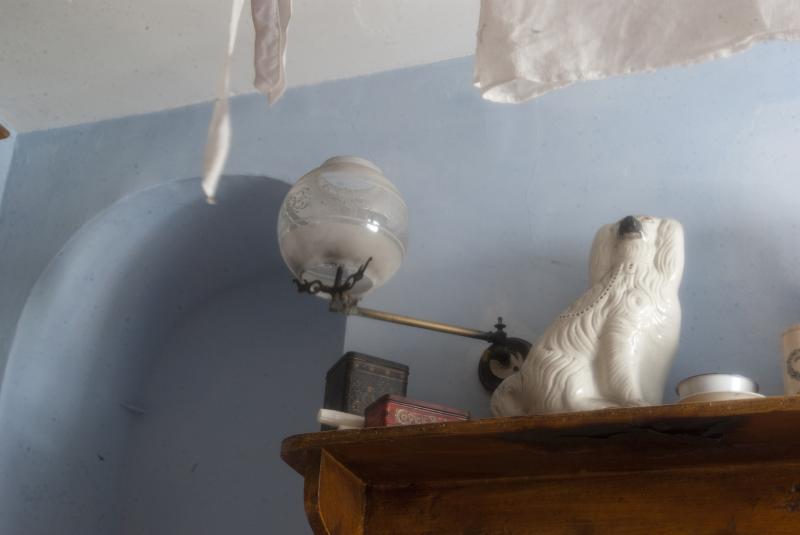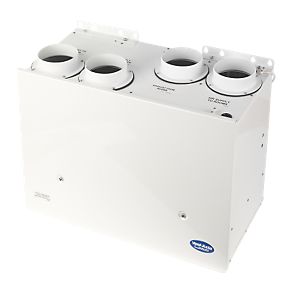Incandescent lamps do throw out heat. They throw it out summer and winter, and most of it is concentrated on the ceiling. Since electricity costs about twice as much as gas, thjis is an expensive way of warming ceilings, even if that's what you want to do. Why you should want to warm your ceilings in summer, at considerable cost, I can't imagine.
I am sure we could return to these.
years ago in the caravan we used gas lights and I have never really worked out why they were not fitted as standard in the more modern caravan. Even better than the tungsten lamp for keeping warm.
We yes I do know some reasons. Broken mantles, as a result smashed diffuser glasses and caravan fires. Plus just like with tungsten lamps yellowed dirty areas around the fitting. But likely cheaper to use. At least with hook up charges of today.
But as already stated it's not money but energy which is the question. And even if tungsten lamps were used all year round since lights are used more in the winter than summer it would still be hard to prove that a compact florescent unit with it's mercury content and higher manufacturing energy and material costs can be more environmentally friendly then the simple tungsten bulb in many rooms of houses in the higher latitudes.
There are of course exceptions and for example in the kitchen we need to reduce as much as possible for most of the year the heat generated in this area. I noted a huge difference when we moved from the old ceramic hob of 1980's to new induction type where the heat goes directly into the pan.
Using a microwave pressure cooker really reduces cook times and also retains more flavour in the food to a conventional pan and uses less energy than even conventional pressure cookers. The thick plastic pan retains the heat rather than heating the room.
I have considered if one could make a tea cosy type of cover for pans to reduce the power required, as the demo with a bank note boiling water with it between the pan and induction ceramic hob shows how the temperature is much reduced, so a pan cosy would now be a viable option.
As we start to use heat recovery units like these
then some of the advantages of using tungsten lamps will go and the compact florescent unit will start to really save energy as we require less and less energy to heat the house. But at £700 each without fitting it will take some time before we see these in even new houses never mind those already built.
My gas fire draws air from within the room, My tumble drier draws air from within the room which must be replaced for somewhere. Central heating has a balanced flue and since in the garage would not really matter if it was not a balanced flue. But those who remember the old open hearth coal fire will remember the drafts they caused.
I can't really see a problem with in October swapping CFU's for Tungsten then in April swapping them back.
The warmest room in my house is the computer room. If we put computers in every room we would not need any heating





